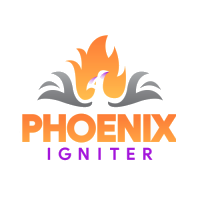# Installation
Installing Phoenix Igniter is just a matter of downloading it.
Once you've purchased a license, your user profile will include two new links—one to a downloadable zip file and one to the Phoenix Igniter repo on Gitlab.
If you plan to do quite a bit of customization of the features added by Phoenix Igniter and you don't mind adding updates manually, then the zip file is the better option.
If you want maximum convenience in getting new updates and plan to use most of what's included by the starter kit as it is, then the best option is to set up the Phoenix Igniter repo as a remote that you can pull from.
# Dependencies
Phoenix Igniter requires the following basic dependencies to run. If you haven't setup Elixir or Phoenix before before, check out Alchemist Camp, Lesson 1.
MacOS users can use the included brew commands to install dependencies using Homebrew. Windows users can either download the installers from the official pages, use Chocolatey or use WSL v2 for a Ubuntu environment.
# Required
- Elixir 1.7 or higher. We recommend using ASDF for Erlang, Elixir and JavaScript version management.
- PostgreSQL - Our primary database. - brew install postgresql
- Yarn - for installing Javascript dependencies - brew install yarn. Alternatively you can delete the
yarn.lockfile and use NPM instead.
# Optional
- VS Code - the most popular editor for Elixir users. Recommended plugins: vscode-elixir (by Mat McLoughlin), ElixirLS. Note: ElixirLS may introduce friction into your work flow. This is especially true if you're using WSL or Docker.
- An account on [Render.com], which the project is already configured to deploy to (with mix releases). Render is similar to Heroku, but simpler to work with.
